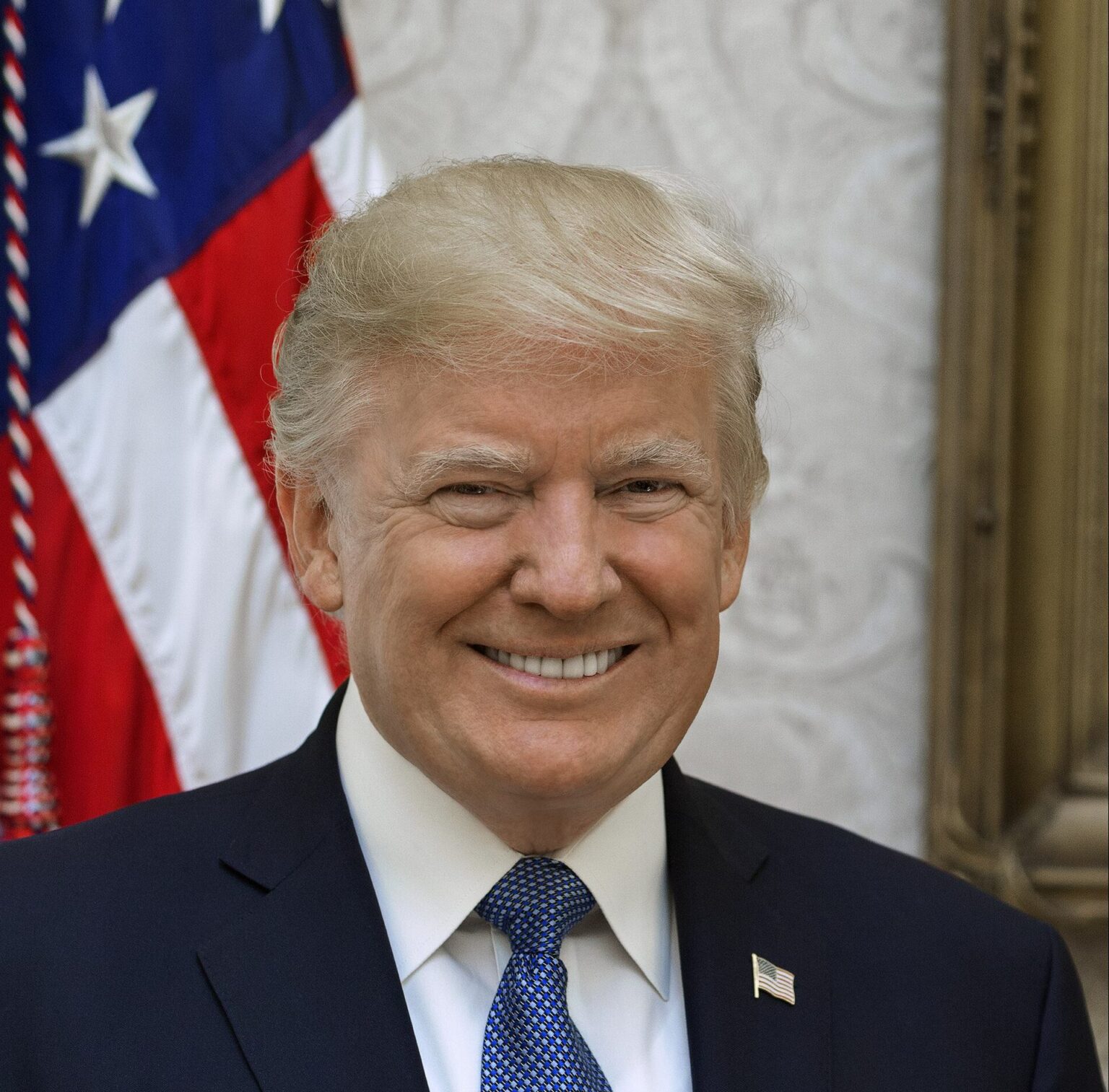Donald Trump’s newly proposed peace plan for Ukraine, as published by The Telegraph, outlines a strategy for halting the ongoing conflict between Russia and Ukraine. The plan reportedly involves an 800-mile buffer zone between Russian and Ukrainian forces, to be enforced by European and British troops. The goal is to “freeze” the current front lines, effectively pausing the conflict and allowing Ukraine to build up its defenses with U.S. support.
The proposal suggests that Ukraine should agree to a 20-year delay on its aspirations to join NATO in exchange for substantial military assistance from the U.S. to deter any future Russian aggression. However, American troops would not be involved in enforcing the buffer zone, and the U.S. would not finance the mission. “We can do training and other support, but the barrel of the gun is going to be European,” a member of Trump’s team suggested.
Trump’s team emphasized that this plan aims to place responsibility on European allies to manage regional security. “We are not sending American men and women to uphold peace in Ukraine. And we are not paying for it. Get the Poles, Germans, British, and French to do it,” said a Trump aide. The proposal has raised concerns from Ukrainian President Volodymyr Zelensky, who warned that appeasing Russia would amount to “suicide” for Europe. However, reports indicate that Zelensky may still be willing to consider the plan.
In a related development, Russian President Vladimir Putin congratulated Trump on his election victory and expressed openness to negotiating a resolution for Ukraine. Speaking at the Valdai Discussion Club in Sochi, Putin said he hopes to restore U.S.-Russia relations and praised Trump’s leadership qualities, recalling his composed reaction during an assassination attempt at a rally in Pennsylvania earlier this year.
European leaders, meanwhile, have voiced concerns about a potential reduction in U.S. involvement. Former UK Chancellor George Osborne expressed skepticism about sustaining Ukraine’s defense without American support, citing concerns over Europe’s ability to manage the financial and military demands alone. French President Emmanuel Macron also stressed the need for Europe to increase its defense spending, stating, “Do we want to read the history written by others, or do we want to write our own history?”
Trump’s plan, however, has received mixed responses. Ukraine’s willingness to consider shelving its NATO aspirations, a stance previously rejected by Zelensky, signals possible flexibility. Yet, a ceasefire that leaves Russia in control of captured territory without firm security guarantees could be unpopular in Ukraine and may even lead to political challenges for Zelensky’s administration. Ukrainian political analyst Volodymyr Fesenko noted that while Ukraine might comply with U.S. pressure, the government would likely seek guarantees similar to those provided to South Korea and Israel.
As discussions unfold, the Kremlin remains cautious. Dmitri Trenin, a Russian commentator and former GRU officer, argued that any serious plan would require concessions regarding Ukraine’s future political alignment and “new territorial realities.”
With Putin’s call for a “new world order” in the post-Cold War landscape, Trump’s proposal offers a glimpse into a possible diplomatic shift. However, the plan’s viability rests on Europe’s response and Ukraine’s resilience in navigating complex negotiations that could redefine the region’s security and stability for years to come.
Read More:Trump makes first cabinet pick, eyes Putin talks
Read More:Fear grips undocumented immigrants as Trump returns

